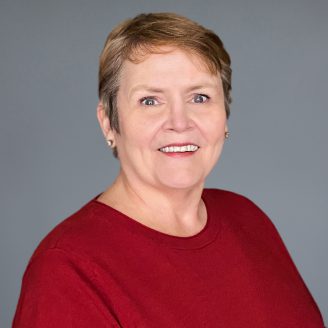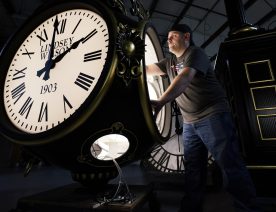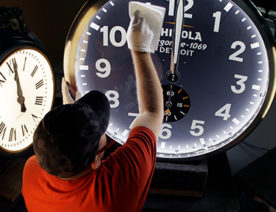
October 30, 2025
The system of daylight saving time began in the United States in the 20th century as a war time effort to save energy. The only states who do not participate in this system are Hawaii and Arizona, who remain on standard time year-round.
About half of the public opposes the current system in which most of the country changes their clocks twice a year–in the fall and the spring. Only 12% are in favor.
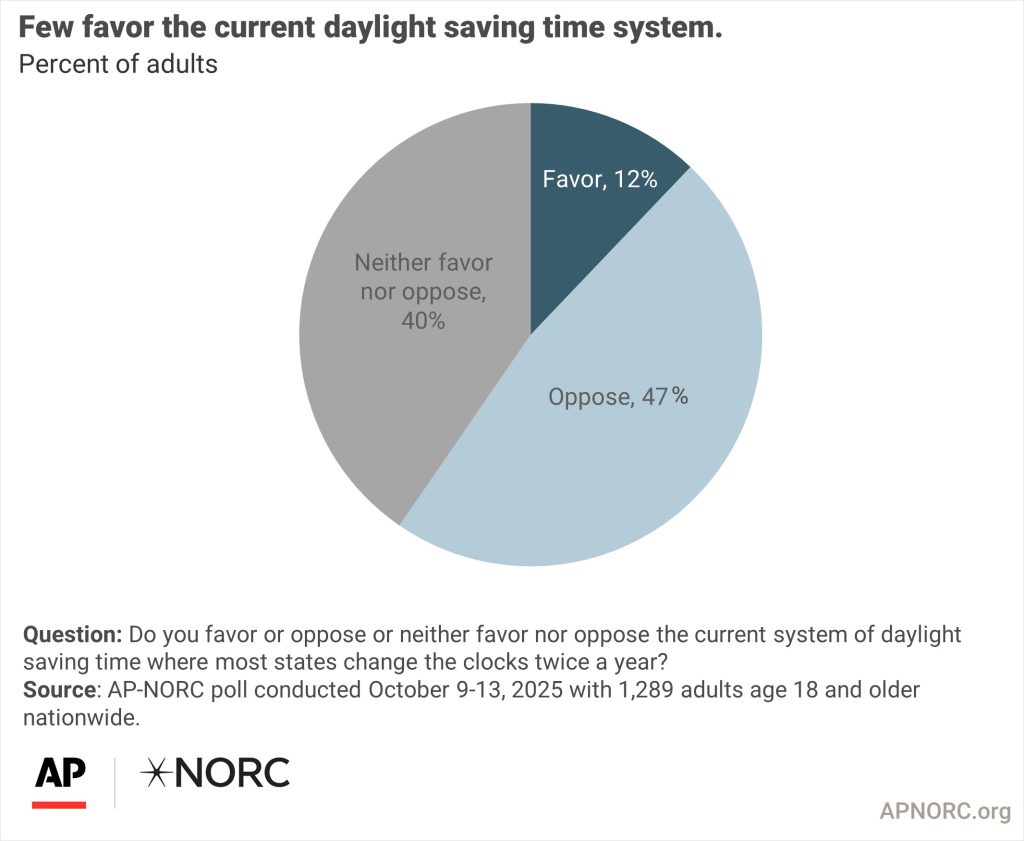
Instead, 56% prefer to have daylight saving time year-round, with less light in the morning and more in the evening. Forty-two percent would rather have standard time year-round, with more light in the morning and less in the evening.
In general, the public is split on whether they consider themselves a morning or night person. Forty percent consider themselves morning people, 37% night people, and 22% don’t consider themselves to be either early birds or night owls.
Age is a significant factor with 56% of young adults preferring late nights and older adults more likely to say they consider themselves a morning person.
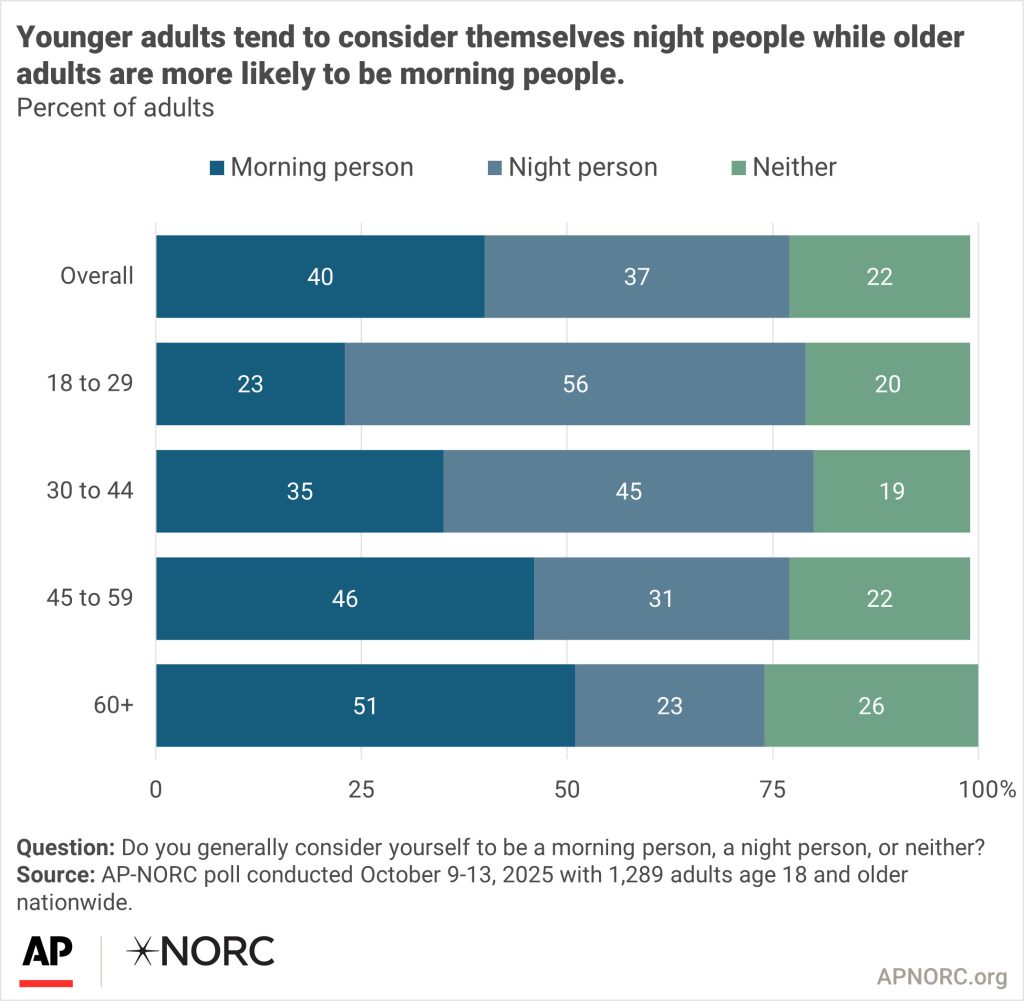
Morning people are split: half prefer permanent daylight saving time and half prefer permanent standard time. Night people and those who regard themselves as neither morning nor night people both would rather have daylight saving time year-round.
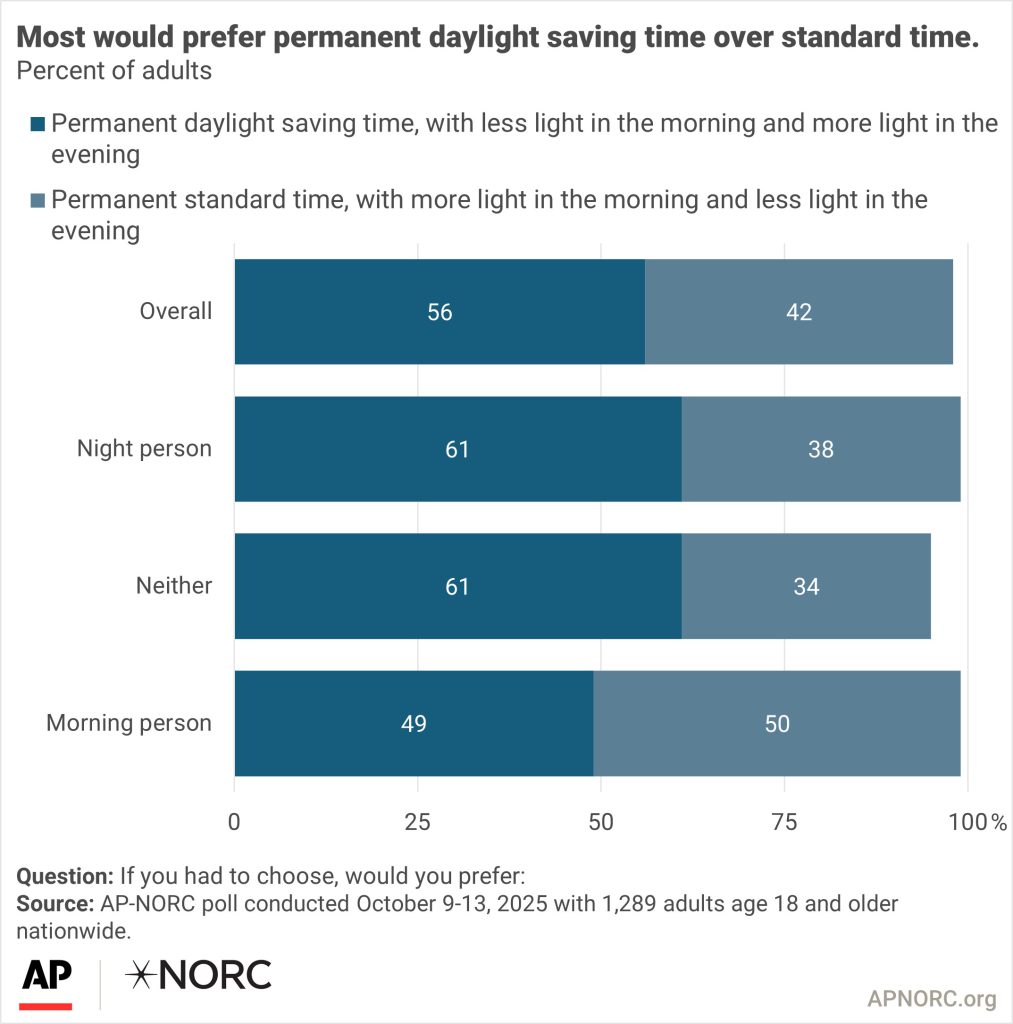
Daylight saving time remains a rare, non-partisan issue. Half of both Democrats and Republicans oppose the current system of changing the clocks twice per year. As a result of this bipartisanship, in 2022 the Senate approved a bill, the Sunshine Protection Act, which would have made daylight saving time permanent, but the bill did not advance in the House to be made into law.
The nationwide poll was conducted October 9-13, 2025 using the AmeriSpeak® Panel, the probability-based panel of NORC at the University of Chicago. Online and telephone interviews using landlines and cell phones were conducted with 1,289 adults. The overall margin of sampling error is +/- 3.8 percentage points. Hispanic adults were sampled at a higher rate than their proportion of the population for reasons of analysis. The overall margin of sampling error for the 378 interviews completed with Hispanic respondents is +/- 6.9 percentage points.
- Suggested Citation: AP-NORC Center for Public Affairs Research. “Few people support the daylight saving time system, and more want year-round light in the evenings.” (October 2025). https://apnorc.org/projects/few-people-support-the-daylight-saving-time-system-and-more-want-year-round-light-in-the-evenings/



